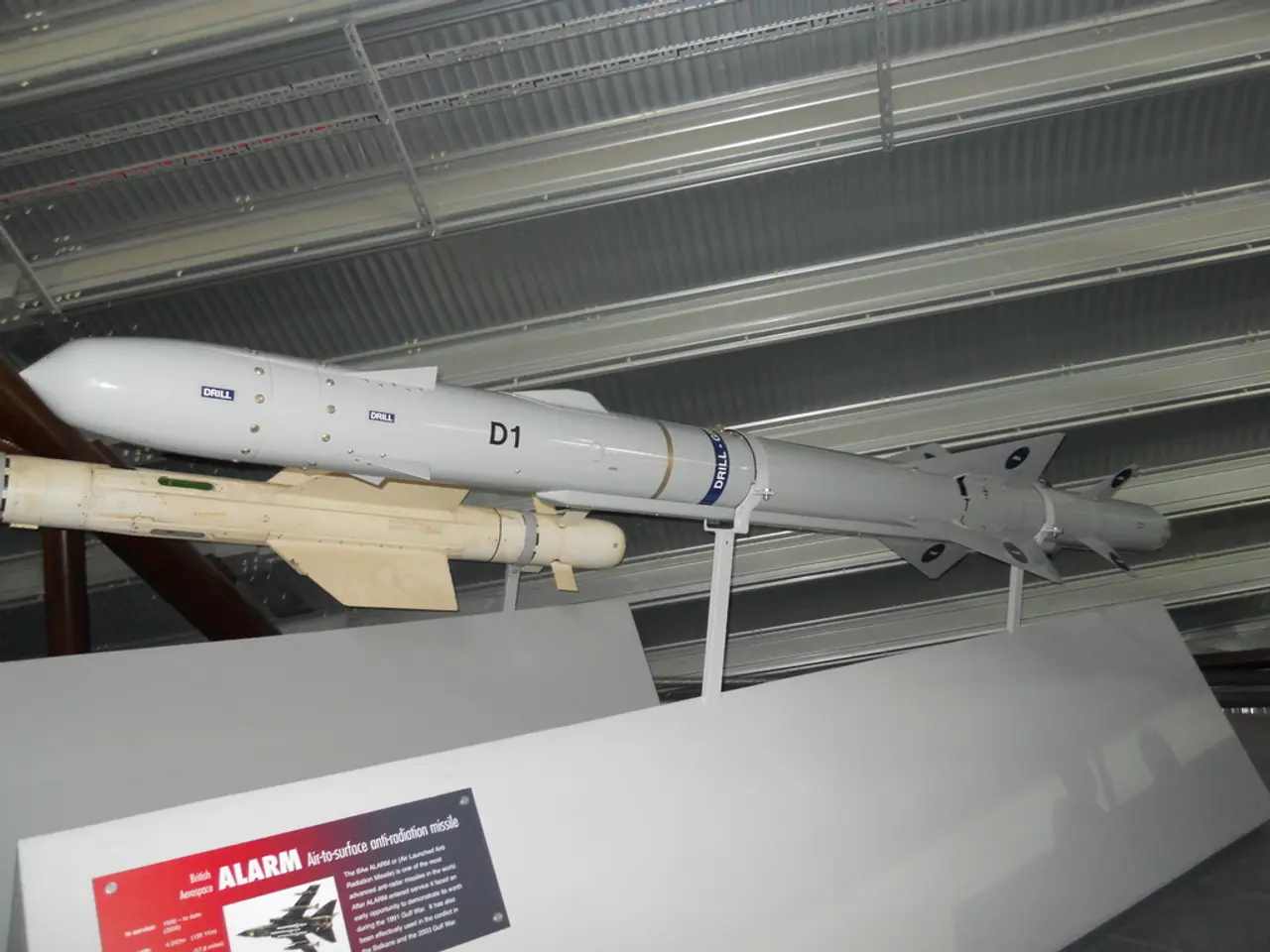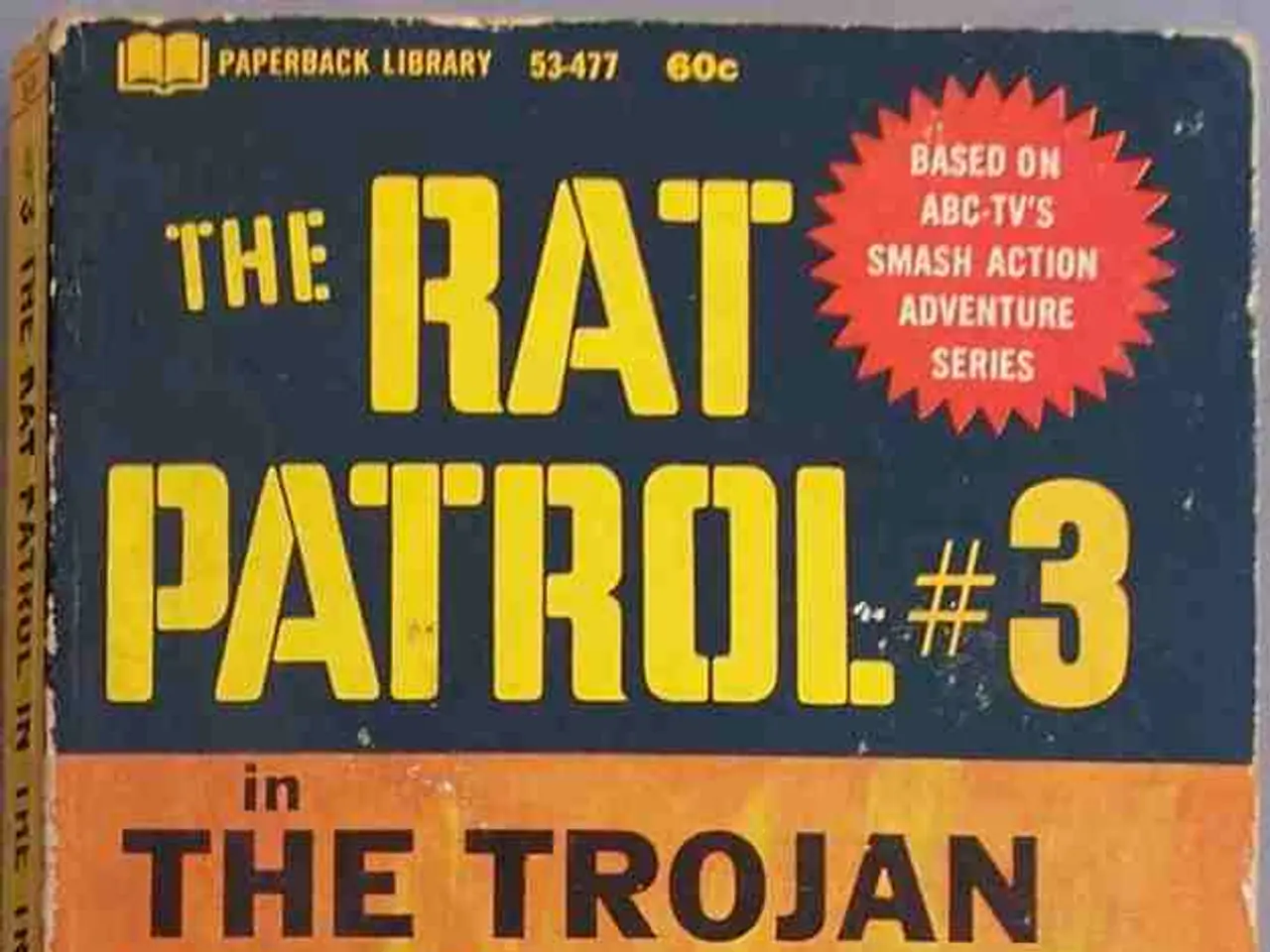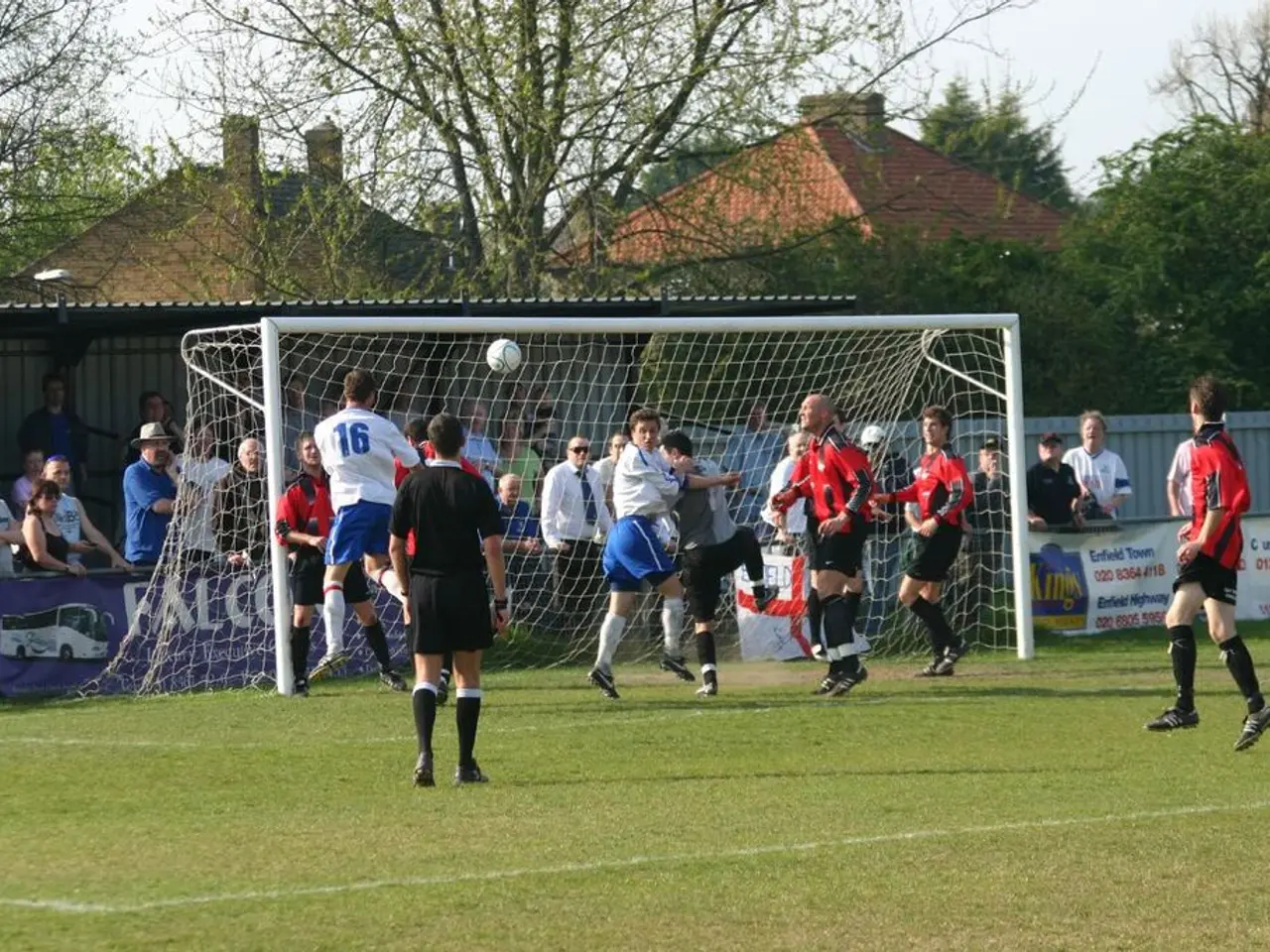Investigation discrepancies in Malegaon bombing case surface between NIA and ATS evident in court ruling
The Malegaon blast case, which dates back to 2008, has been marred by a conflict between the Maharashtra Anti-Terrorism Squad (ATS) and the National Investigation Agency (NIA). This conflict, stemming from differences in investigation methods, evidence interpretation, and political implications, has raised concerns about the pursuit of justice and systemic issues in India's counter-terror investigations.
The initial investigation by the Maharashtra ATS led to the arrest of key accused, including Sadhvi Pragya Thakur and Lt Col Prasad Purohit, who were linked to the right-wing group Abhinav Bharat and accused of conspiracy, explosive procurement, and orchestrating the blast. However, in 2011, the case was transferred to the NIA, which questioned the ATS’s methods and initiated a fresh investigation.
The NIA's probe ultimately criticized the ATS’s handling of evidence and investigation integrity. The NIA did not support key ATS allegations regarding conspiracy, ideology, and explosive procurement. The agency dropped some charges but retained those related to the Unlawful Activities (Prevention) Act (UAPA), reflecting a more cautious approach.
The special NIA court's eventual acquittal of all seven accused in 2025 was due to a lack of credible evidence, procedural lapses, mishandling and contamination of the crime scene evidence, unreliable witness testimonies, and flaws in the prosecution’s case. The court highlighted that the initial "Hindu terror" narrative was not sufficiently substantiated by proof.
The court's observations suggest that the NIA's handling of the Malegaon blast case may have compromised the pursuit of justice. The court expressed concern over the NIA's failure to prosecute hostile witnesses for perjury and criticized the agency for not rectifying defects in the UAPA sanction process.
The court's conclusion underscores the importance of coordination and consistency between different investigative agencies in complex cases like the Malegaon blast case. The running battle between the Maharashtra ATS and the NIA, with stark contradictions in their probe, has highlighted systemic issues such as politicization of terror cases, procedural weaknesses, inter-agency mistrust, and the potential for human rights violations during interrogations.
The eventual acquittal underscores the importance of credible, unbiased investigations and respect for legal safeguards in terrorism-related cases. The Malegaon blast case has severely impacted the lives of accused individuals, who faced social ostracism and psychological trauma. For example, Lt Col Purohit’s family endured stigma and hardship during his prolonged legal battle.
In conclusion, the conflict between the Maharashtra ATS and NIA in the Malegaon blast case exemplifies diverging investigative approaches and political pressures within India’s anti-terror framework. The case serves as a reminder of the need for improved coordination, consistency, and respect for legal safeguards in counter-terror investigations.
- Despite the initial arrests and accusations by the Maharashtra ATS, the NIA's investigation criticized their methods and handling of evidence, which raised questions about the pursuit of justice in the Malegaon blast case and India's counter-terrorism system.
- The Malegaon blast case, fraught with political implications, has shown the significance of coordination between different investigative agencies like the Maharashtra ATS and NIA, and abiding by legal safeguards to ensure unbiased investigations in terrorism cases.








